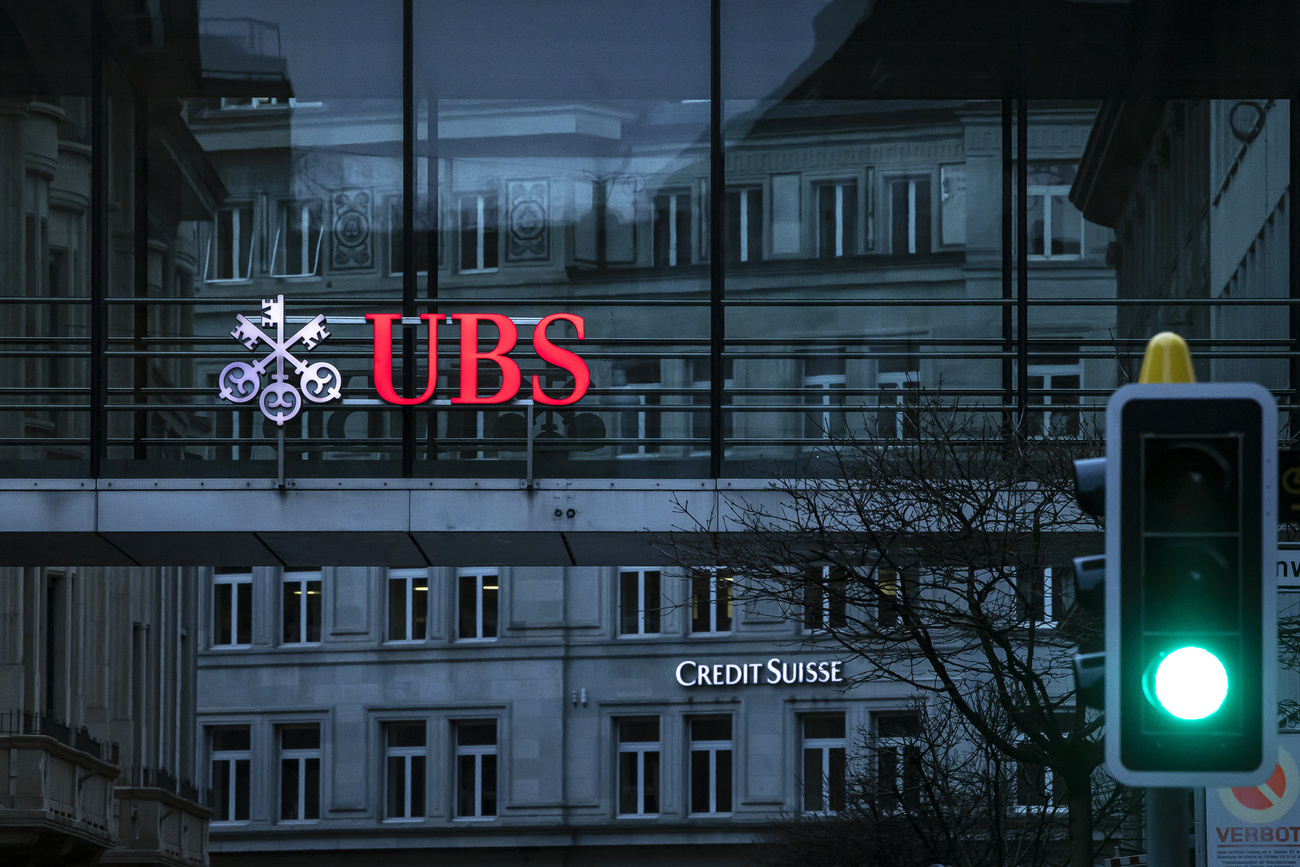How a bad bank saved the Swiss economy
When in 2008 the financial crisis arrived, Switzerland's major bank UBS was suddenly threatened with bankruptcy. Thousands of people in Switzerland, who had mortgage loans with UBS, could lose their homes.

I write about the rapidly evolving artificial intelligence technology and its possible impacts on society. Originally from England, I spent some time at the BBC in London before moving to Switzerland to join SWI swissinfo.ch.

My work is focused on making videos and podcasts about science and technology topics. I specialize in developing explainatory video formats for mobile viewing, mixing animation and documentary styles. I studied filmmaking and animation at Zurich University of the Arts and began working as a video journalist at SWI swissinfo.ch in 2004. Since then I have specialised in creating different styles of animation for our visual products.
With UBS serving almost 1 in 2 Swiss companies, small businesses were threatened to collapse causing people to lose their jobs. Not to mention the more than 26,000 people working for UBS in Switzerland. Account holders were suddenly faced with losing all their savings. So the government had to intervene. Together with the Swiss national bank they created the stability fund, a bad bank, which would absorb all the toxic assets that threatened to bring down UBS.
Popular Stories

More
No house generation: the impossibility of buying property in Switzerland

More
UK and Switzerland open way for direct rail link

More
Online quarrel reveals Swiss life of luxury of Cameroon’s ruling family

More
Cross purposes: the unique Swiss flag







You can find an overview of ongoing debates with our journalists here . Please join us!
If you want to start a conversation about a topic raised in this article or want to report factual errors, email us at english@swissinfo.ch.